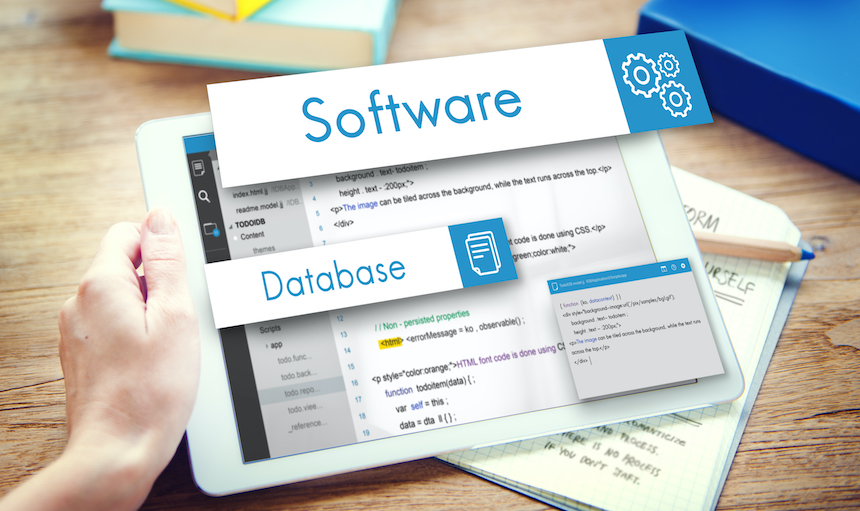Bulk SMS software has emerged as a cost-effective and efficient means for organizations to engage with their audience en masse. Building your own bulk SMS software can be a lucrative venture, but it requires careful planning and execution. Here's a step-by-step guide to developing robust bulk SMS software:
1. Conduct Market Research:
Begin by researching the market to understand the demand for bulk SMS services and the competitive landscape. Identify potential niches or industries where your software can offer unique value propositions. Analyze the pricing models, features, and customer preferences of existing bulk SMS solutions to inform your development strategy.
2. Define Core Features:
Clearly define the core features and functionality of your bulk SMS software based on your research findings and target market requirements. Essential features may include contact management, message scheduling, template customization, delivery tracking, and reporting/analytics tools. Prioritize features that differentiate your software and address specific pain points of your target users.
3. Choose the Right Technology Stack:
Select a technology stack that aligns with your development team's expertise and project requirements. Consider factors such as scalability, performance, security, and third-party integrations. Common technologies used in bulk SMS software development include programming languages like Python, Ruby, Java, or PHP, along with frameworks such as Django, Ruby on Rails, Spring Boot, or Laravel.
4. Integrate SMS Gateway Services:
Integrate with reliable SMS gateway services to enable the sending and receiving of text messages through various channels, including SMS, MMS, and OTP (One-Time Password). Evaluate different SMS gateway providers based on factors like delivery rates, global coverage, API reliability, and pricing. Implement robust error handling and retry mechanisms to ensure message delivery reliability.
5. Focus on Security and Compliance:
Prioritize security measures to protect user data and ensure compliance with relevant regulations such as GDPR, TCPA, and CASL (Canada's Anti-Spam Legislation). Implement encryption protocols, secure authentication mechanisms, and data encryption during transmission and storage. Regularly audit your software for security vulnerabilities and adhere to industry best practices for secure application development.
6. Design User-friendly Interfaces:
Design intuitive user interfaces for both administrators and end-users to streamline the SMS campaign management process. Provide features for importing contacts, creating message templates, scheduling campaigns, and analyzing performance metrics. Ensure responsive design and accessibility to accommodate users across different devices and platforms.
7. Implement Scalability and Performance Optimization:
Architect your bulk SMS software for scalability and performance to handle large message volumes and concurrent user requests. Employ techniques like horizontal scaling, caching, message queueing, and asynchronous processing to optimize resource utilization and response times. Leverage cloud infrastructure and auto-scaling capabilities to accommodate fluctuating traffic patterns and ensure high availability.
8. Provide Comprehensive Support and Documentation:
Offer extensive documentation, tutorials, and customer support channels to assist users in setting up and using your bulk SMS software effectively. Provide API documentation for developers integrating with your platform and establish community forums or knowledge bases for troubleshooting common issues. Continuously gather feedback from users to identify areas for improvement and prioritize feature enhancements.
Conclusion:
Building bulk SMS software https://binerals.com/blog/how-to-make-bulk-sms-software-bulk-sms-service-development-tips requires a strategic approach, technical expertise, and a deep understanding of user needs and market dynamics. By following this comprehensive guide, you can develop a robust and user-friendly solution that meets the communication requirements of businesses across various industries. Stay agile, iterate based on user feedback, and keep pace with technological advancements to maintain a competitive edge in the rapidly evolving landscape of bulk SMS services.









